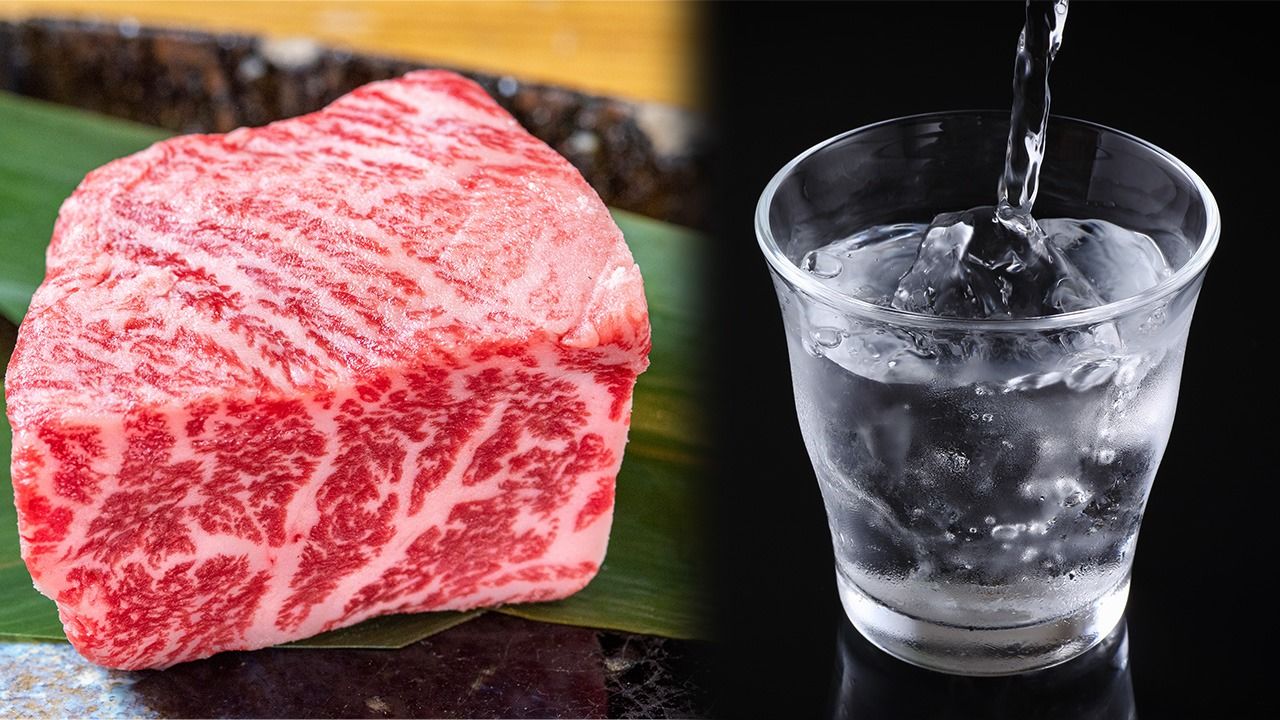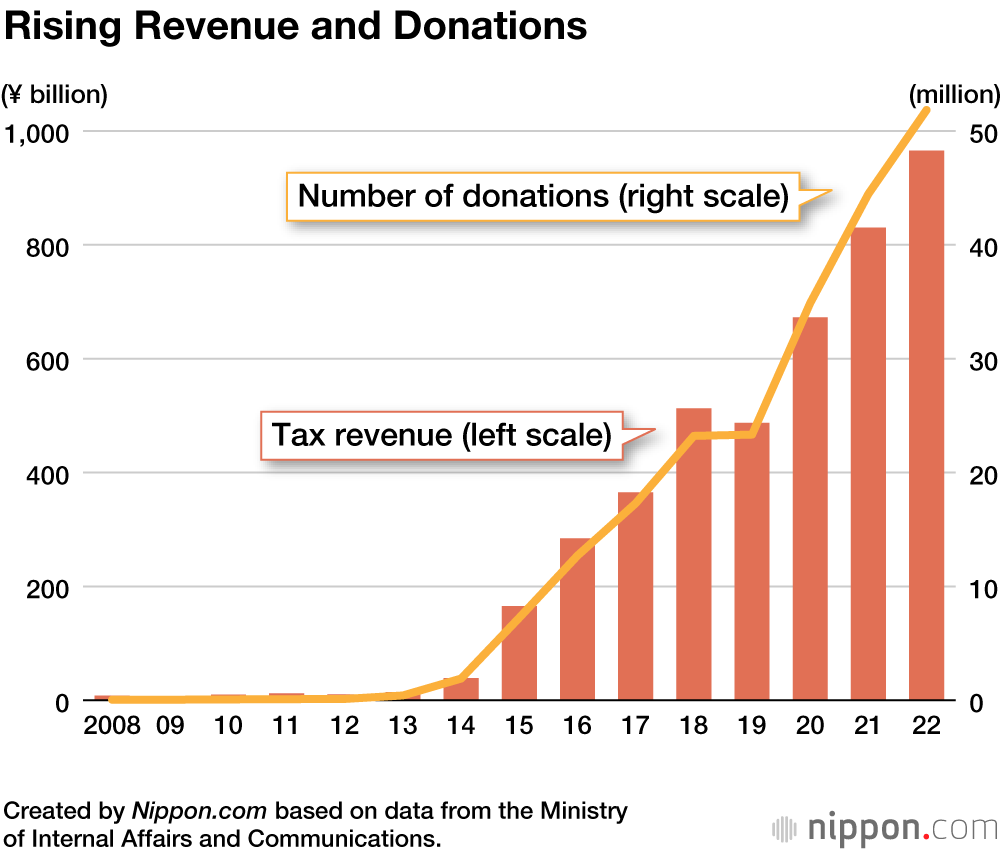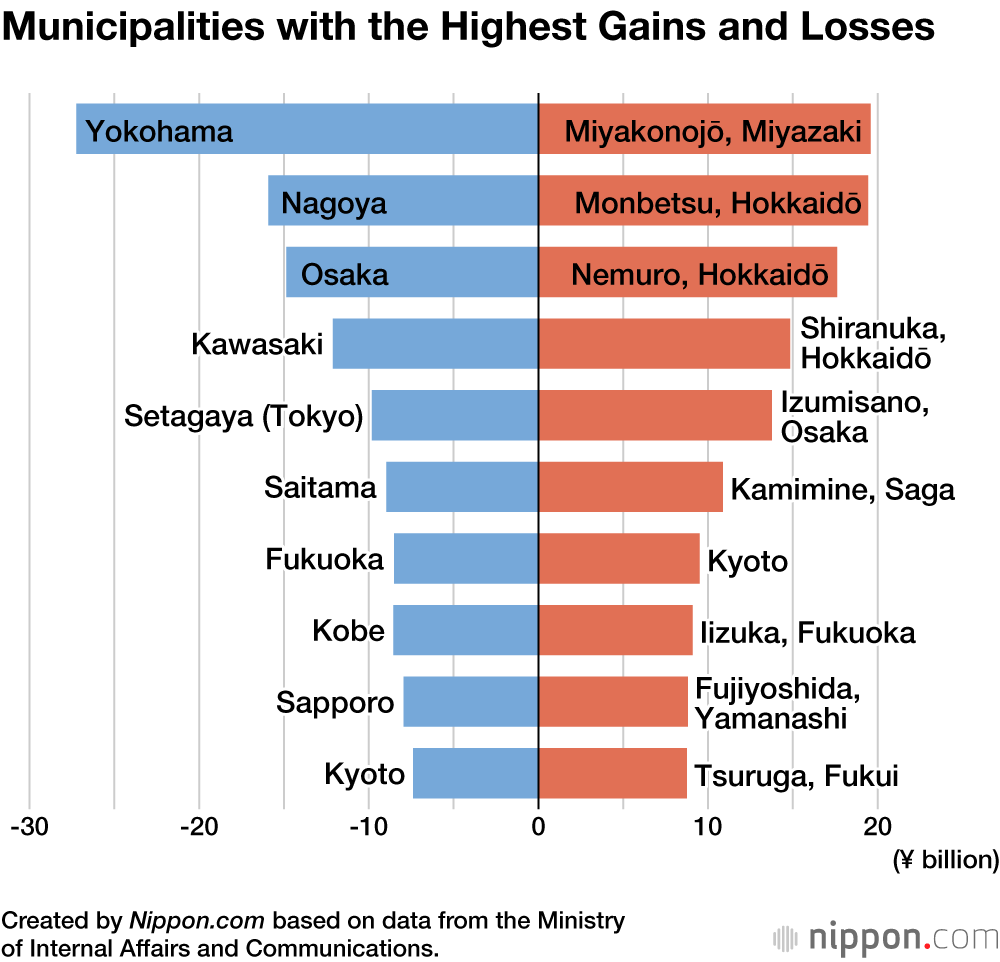
Japan’s Hometown Tax Revenue Reaches New High in 2022
Economy- English
- 日本語
- 简体字
- 繁體字
- Français
- Español
- العربية
- Русский
The Ministry of Internal Affairs and Communications announced that the amount of donations to Japan’s furusato nōzei hometown tax system increased 16% over the previous year to ¥965.4 billion, setting a record high for the third consecutive year. The number of donations was also a record high, increasing year on year by 17% to 51.8 million.
The furusato nōzei hometown tax system was introduced in 2008 as a way to even out the disparity in tax revenue between urban and rural areas. By making a donation to their hometown or another municipality of their choice, taxpayers can receive income and resident tax deductions for the same amount minus ¥2,000. The donors also receive a gift of some special item from the municipality, and this aspect of finding a good shopping bargain has added to the system’s popularity. Demand from at-home “nesting” consumption during the COVID-19 pandemic has contributed too.
The municipality that received the most donations in 2022, totaling ¥19.6 billion, was Miyakonojō in Miyazaki Prefecture, which offers Miyazaki beef, sweet-potato shōchū, and other gifts. In second place, at ¥19.4 billion, was Monbetsu in Hokkaidō, which offers crab, salmon roe, and other goods, followed by Nemuro, also in Hokkaidō, which attracted ¥17.6 billion in donations for its items that included scallops and salmon roe.
The reverse side to the system is that some municipalities have suffered an outflow of tax revenue due to having many residents who made use of furusato nōzei to donate to other municipalities. The municipality suffering the greatest loss of revenue, at ¥27.2 billion, was Yokohama (Kanagawa Prefecture), followed by Nagoya (Aichi) at ¥15.9 billion, Osaka (Osaka) at ¥14.9 billion, Kawasaki (Kanagawa) at ¥12.1 billion, and Tokyo’s Setagaya at ¥9.8 billion. All of these are either designated cities or Tokyo municipalities. While these densely populated cities generate a lot of tax revenue, they also have to provide many services for their residents, so there is some resentment regarding the outflow of funds.
(Translated from Japanese. Banner photo © Pixta.)

